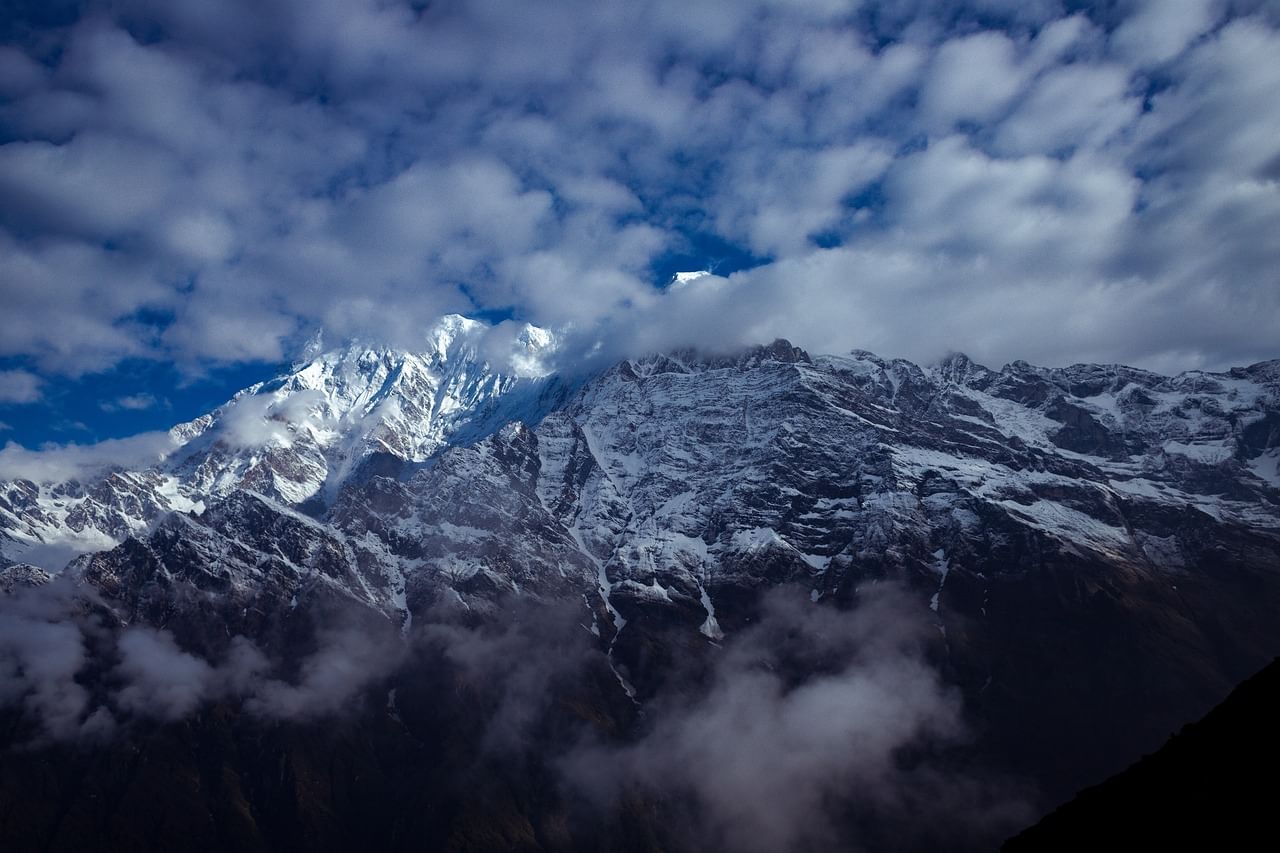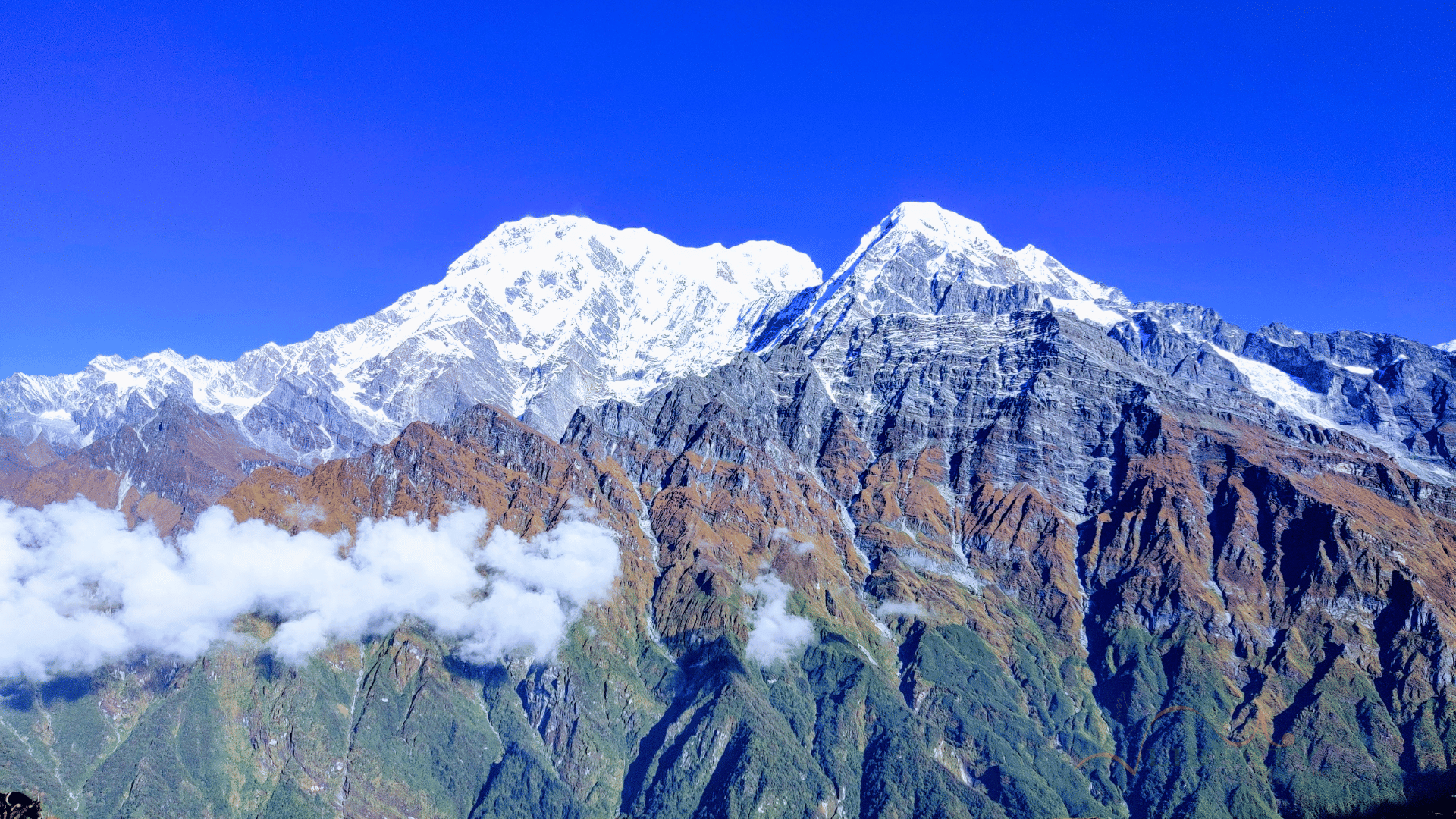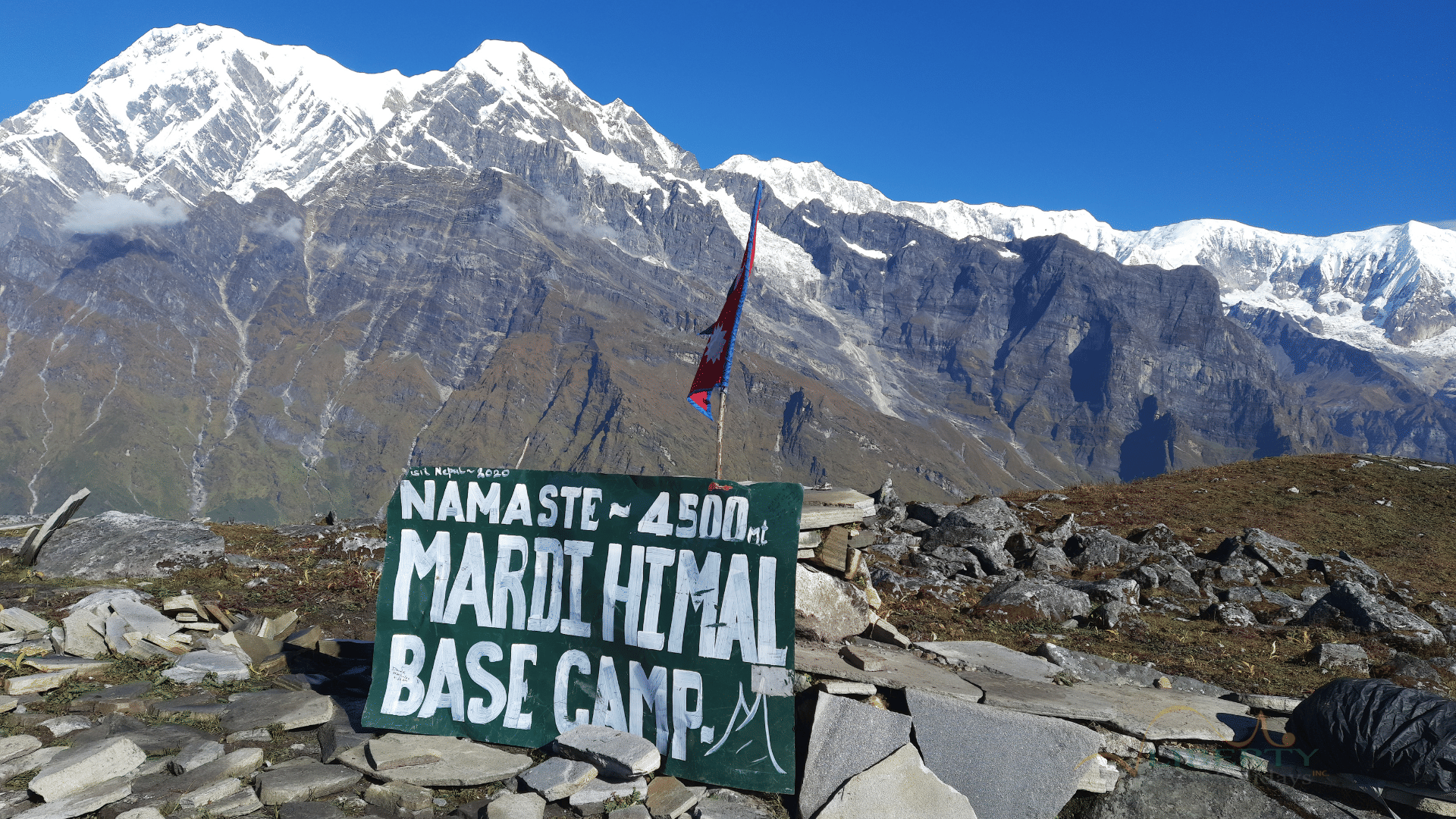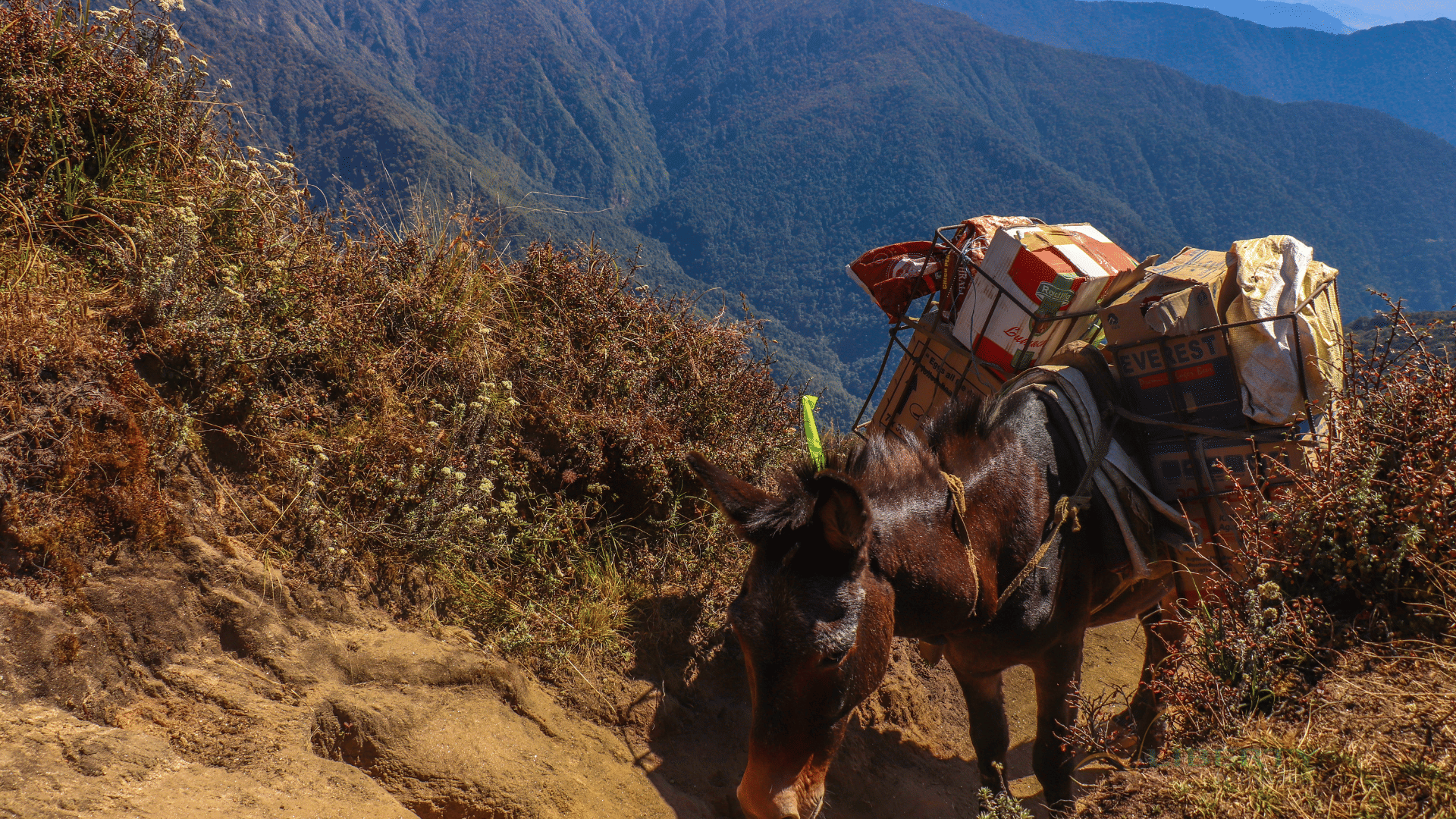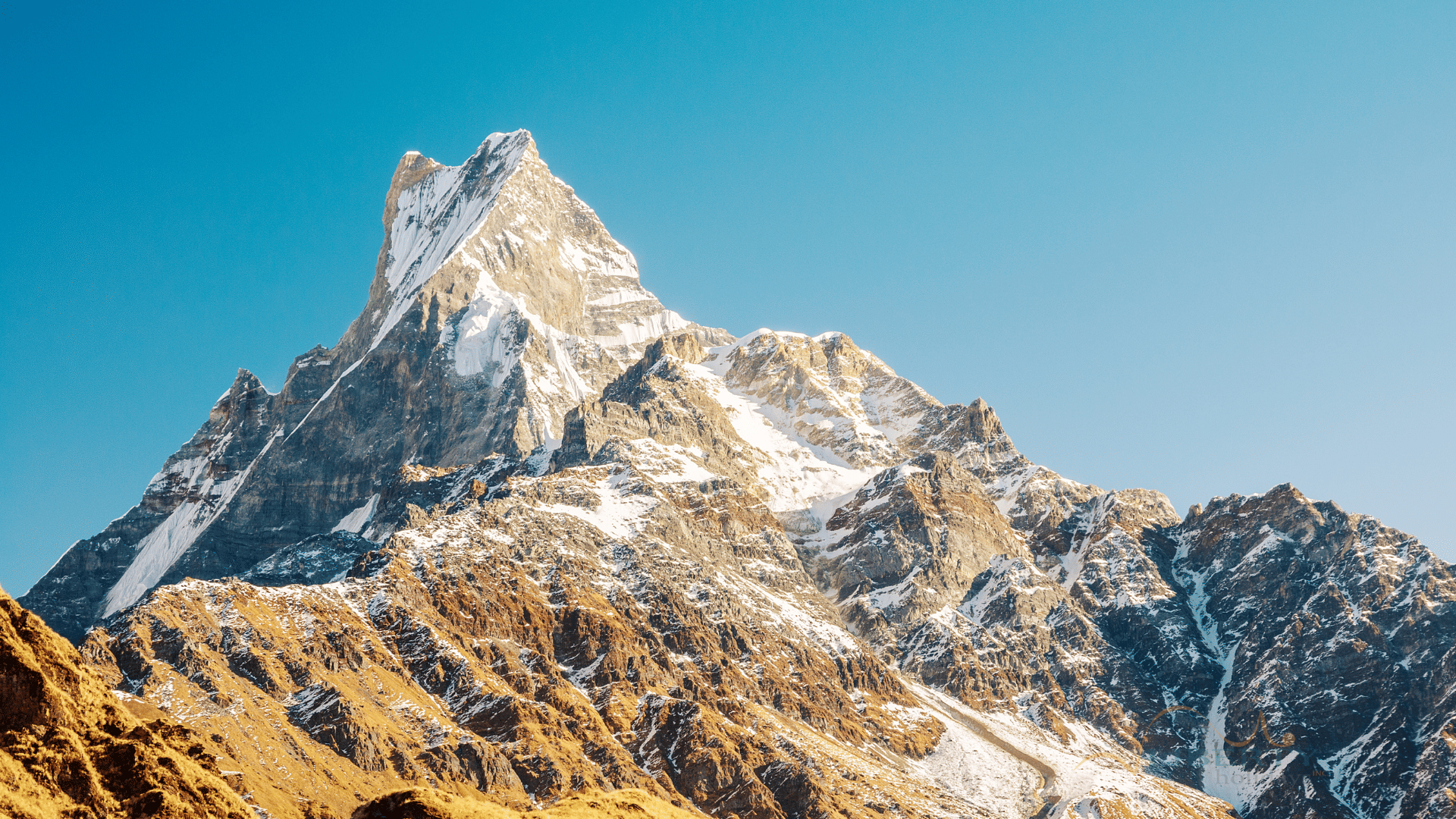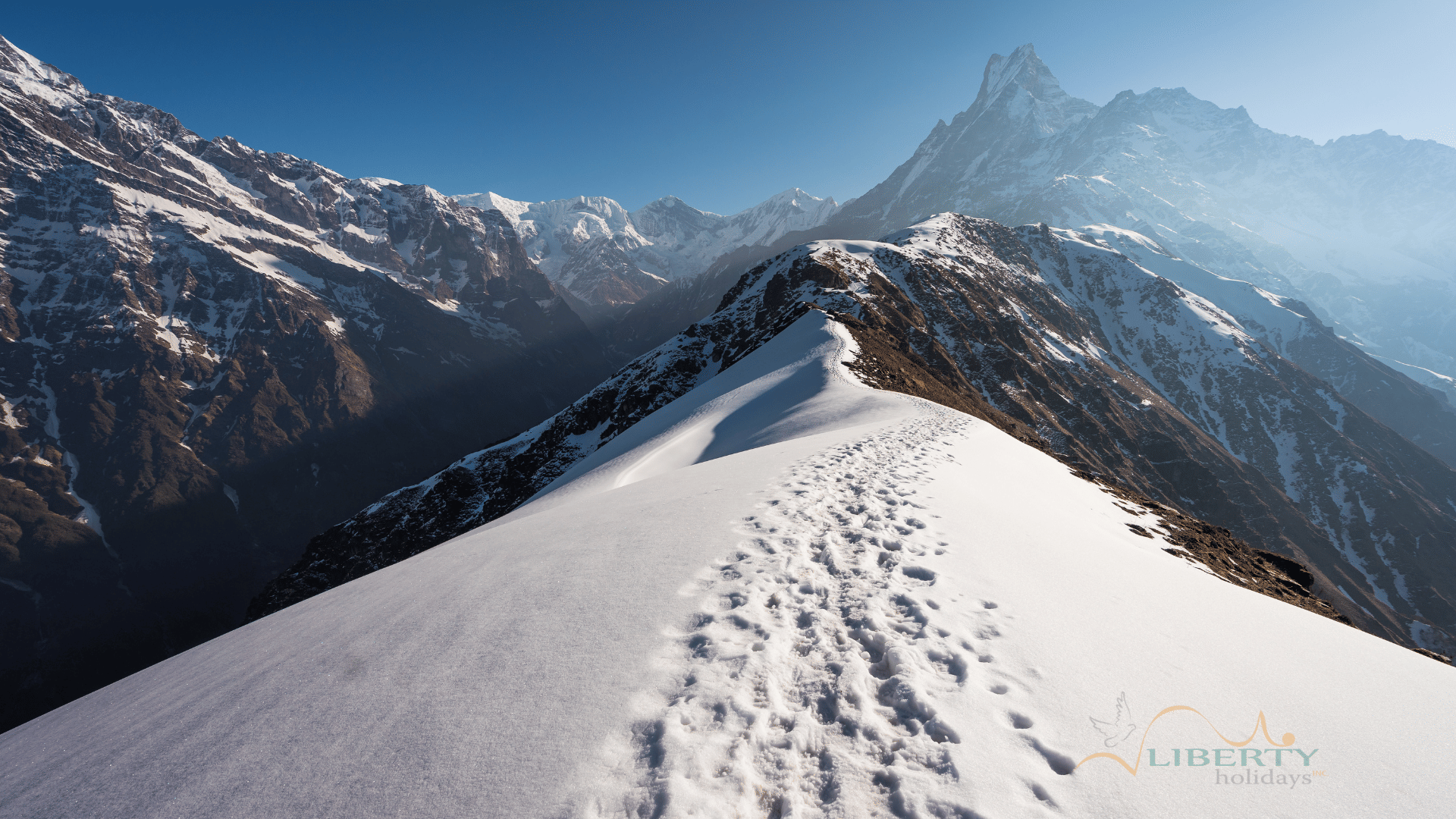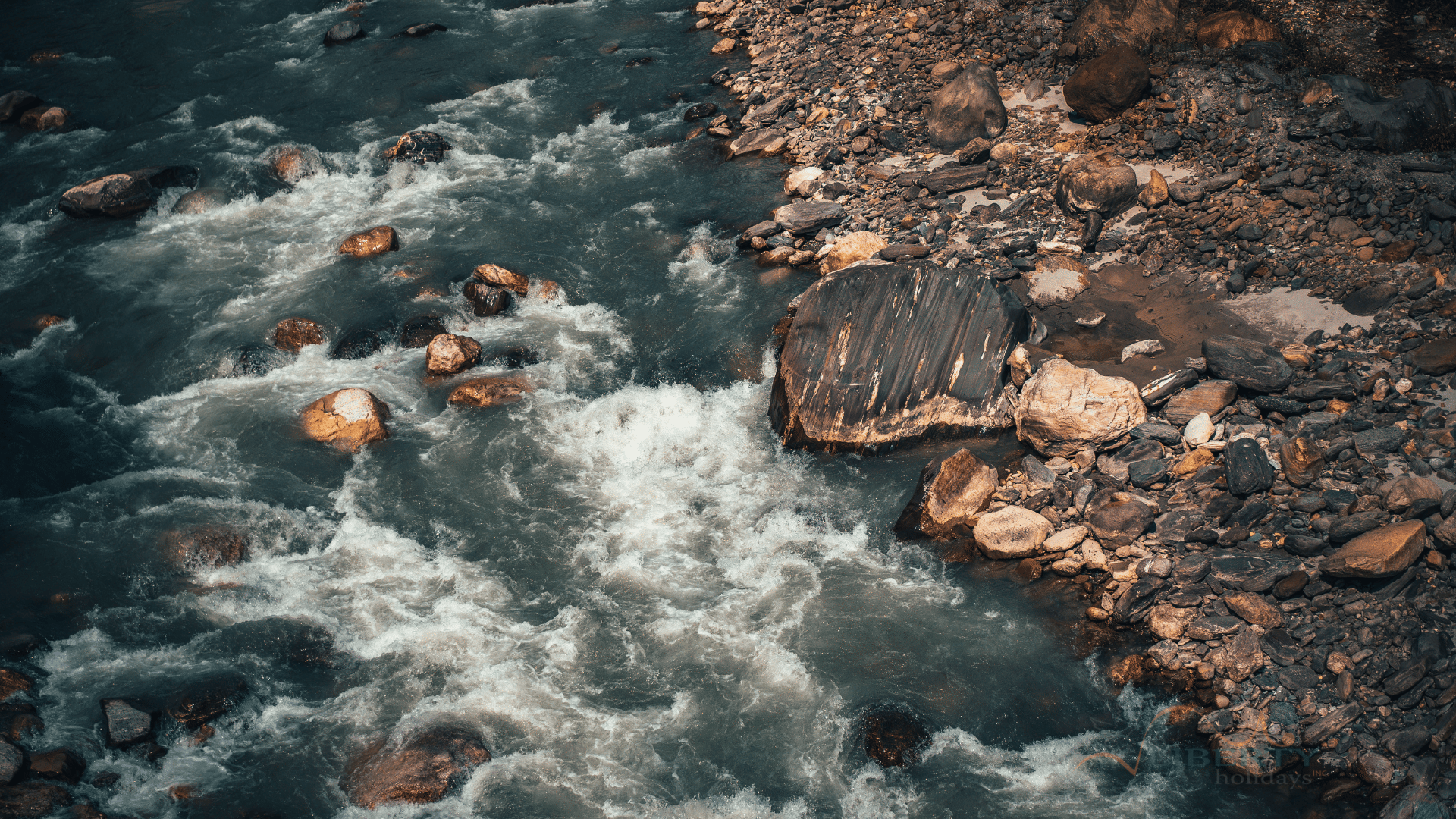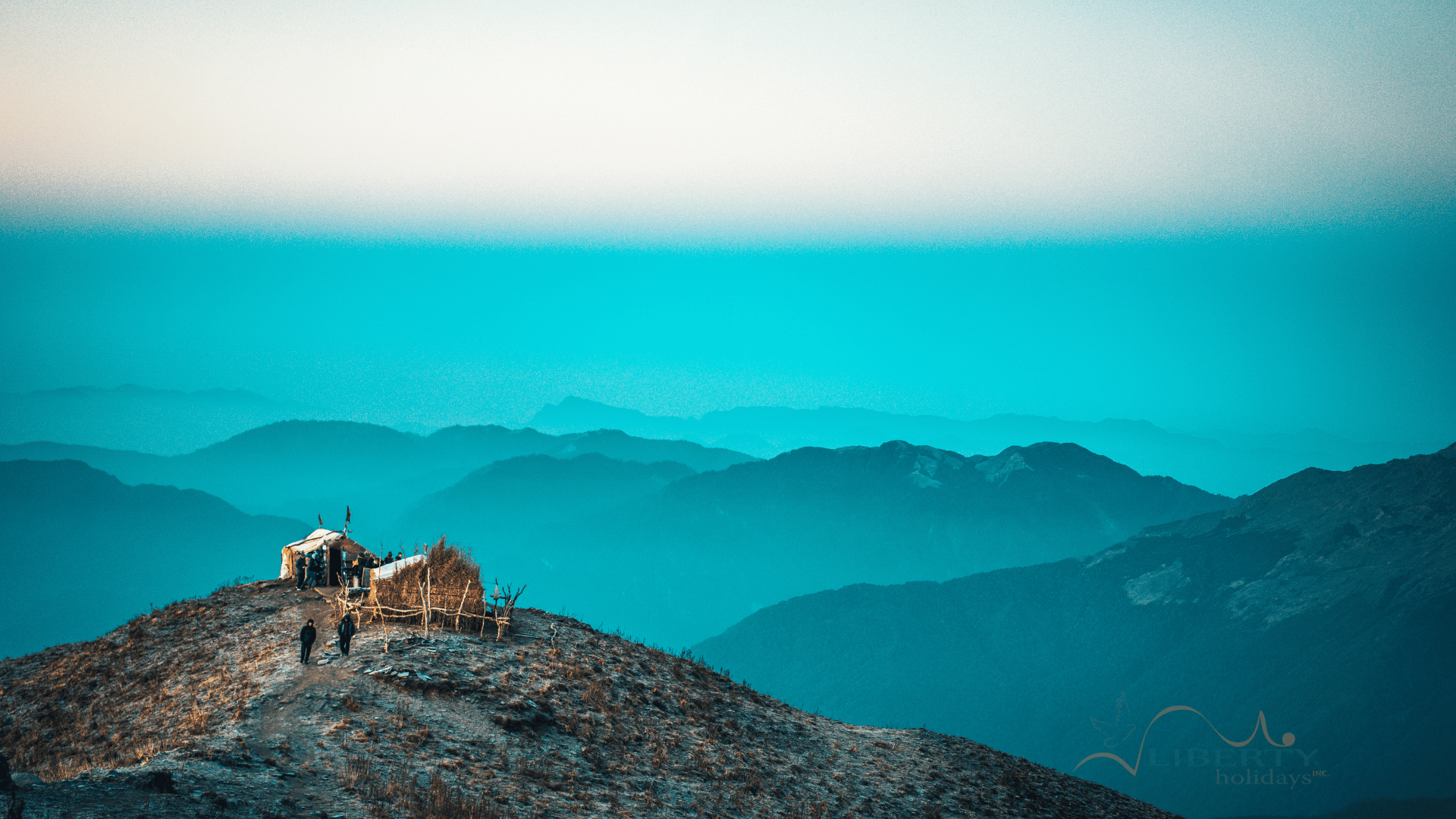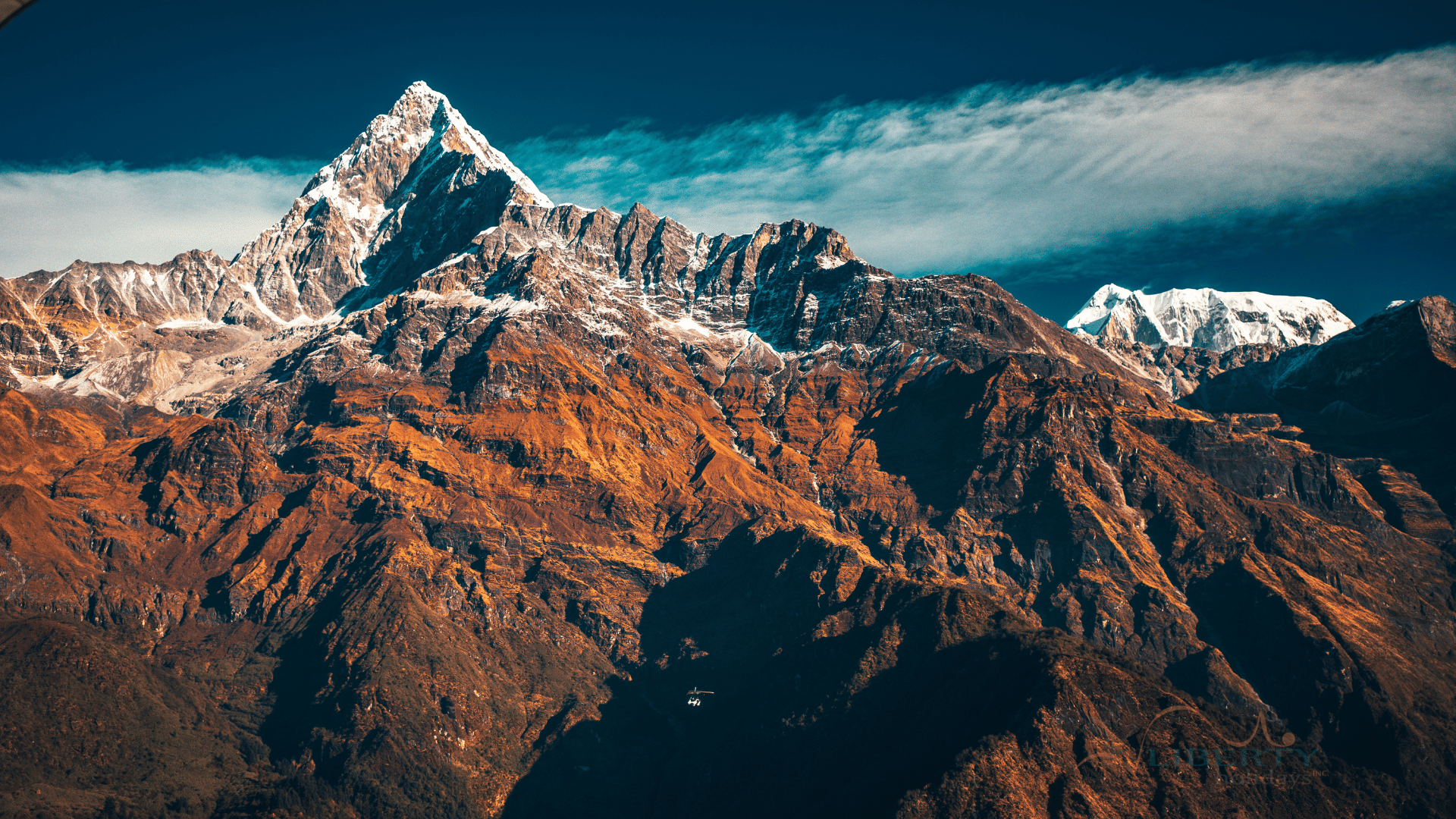Tranquility in the Himalayas: Discover the hidden gem of Mardi Himal
The Mardi Himal Trek offers an isolated trail with stunning views of Himalayan peaks, rich ethnic culture, and remarkable Gurung hospitality.
Mardi Himal Base Camp Trek: A Cultural and Scenic Adventure
Nestled within Nepal’s Annapurna region, the Mardi Himal base camp is a revered trekking destination. Its location in the Himalayas provides a unique opportunity for trekkers to immerse themselves in indigenous customs and folklore while reveling in awe-inspiring mountain vistas. Let’s delve into the captivating aspects of this trek:
- Journey to Mardi Himal Base Camp
The trek commences from Pokhara, a vibrant city that serves as the gateway to many Annapurna treks. Over 5-7 days, hikers traverse diverse terrain, gradually ascending toward the base camp.
As you embark on this journey, you’ll encounter mesmerizing forests, quaint villages, and terraced fields. Old-fashioned farms and tiny towns offer glimpses into the local way of life, fostering connections with welcoming residents. - Flora and Fauna
The Annapurna region boasts rich biodiversity. Along the trail, trekkers pass through various vegetation zones: Rhododendron Forests: Bursting with color during spring, these forests create a vibrant tapestry.
Bamboo Groves: Lush and serene, bamboo-lined paths lead the way.
Alpine Meadows: Higher up, open meadows provide panoramic views and glimpses of wildlife.
Keep an eye out for birds, monkeys, and other fascinating creatures. - Spectacular Vistas
The neighboring peaks add to the allure. Mardi Himal itself stands prominently, alongside Annapurna South, Himchuli, and Macchapucchre (Fishtail).
From strategic vantage points, trekkers can feast their eyes on sweeping vistas—valleys below, rolling hills, and distant horizons. - Cultural Immersion
Beyond the natural beauty, the trek offers cultural immersion. Interact with locals, learn about their traditions, and appreciate the rich heritage of the Annapurna region.
The challenging yet rewarding experience appeals to seasoned hikers and thrill-seekers alike. - A Himalayan Gem:
Whether you’re an experienced trekker or a novice, the Mardi Himal Base Camp walk promises an exceptional adventure.
Glorify the aura of the Himalayas, embrace the diverse terrain, and connect with welcoming communities along the way.
The Allure of Mardi Himal Trekking
- Annapurna Conservation Area (ACAP) The Annapurna Conservation Area Project (ACAP) is a natural paradise in Nepal, covering an impressive 7,629 square kilometers. It encompasses most of the northern part of Pokhara city and extends into Mustang. ACAP boasts abundant biodiversity, with diverse flora and fauna. The majestic Annapurna massif crowns this remarkable conservation area.
- Mardi Himal Base Camp The final destination of the Mardi Trek is Mardi Base Camp. Secluded and tranquil, it offers the best views of the Annapurna Base Camp. Trekkers often describe this spot as a natural paradise. To the north, towering peaks of the Annapurna range dominate the landscape, while lush, dense jungles stretch southward as far as the eye can see.
- Varied Terrain and Scenic Landscapes The Mardi Himal Trek presents a diverse range of landscapes from start to finish. The lower section, beginning at Dhampus and leading to Forest Camp, is characterized by dense Rhododendron and Oak forests. These areas are particularly vibrant during spring, with colorful displays of hues. As you ascend beyond Forest Camp, you’ll encounter temperate forests featuring Maple, Hemlock, and Pine trees. Further up, Alpine pastures and rocky terrain define the higher elevation. This varied topography adds to the joy of Mardi Himal Trekking.
View Point of Mardi Trek
- Low Camp Viewpoint:
Located near Low Camp, this viewpoint offers sweeping vistas of the Annapurna South, Himchuli, and Macchapucchre (Fishtail) peaks. The majestic mountains dominate the horizon, creating a breathtaking panorama.
- High Camp Viewpoint:
Close to High Camp, this viewpoint provides a clear view of Mardi Himal Peak and other surrounding mountains. Trekkers can marvel at the rugged beauty of the Himalayas from this vantage point.
- Base Camp Viewpoint:
A well-known spot that offers a close-up view of the mountain summits. From here, you can admire the glaciers, snowfields, and the sheer grandeur of the landscape.
- Deurali Viewpoint:
Along the route to the base camp, Deurali viewpoint treats trekkers to panoramic vistas of the Annapurna range and the valleys below. It’s a perfect place to pause and take in the natural beauty.
- Siding Village Viewpoint:
Situated near Siding Village, this viewpoint frames the Macchapucchre (Fishtail) peak and other nearby mountains. The stunning scenery invites contemplation and awe.
Remember that there are even more picturesque spots along the Mardi Himal trail, each contributing to the wonder and magic of the journey. The exact number of viewpoints can vary based on the specific route taken.



